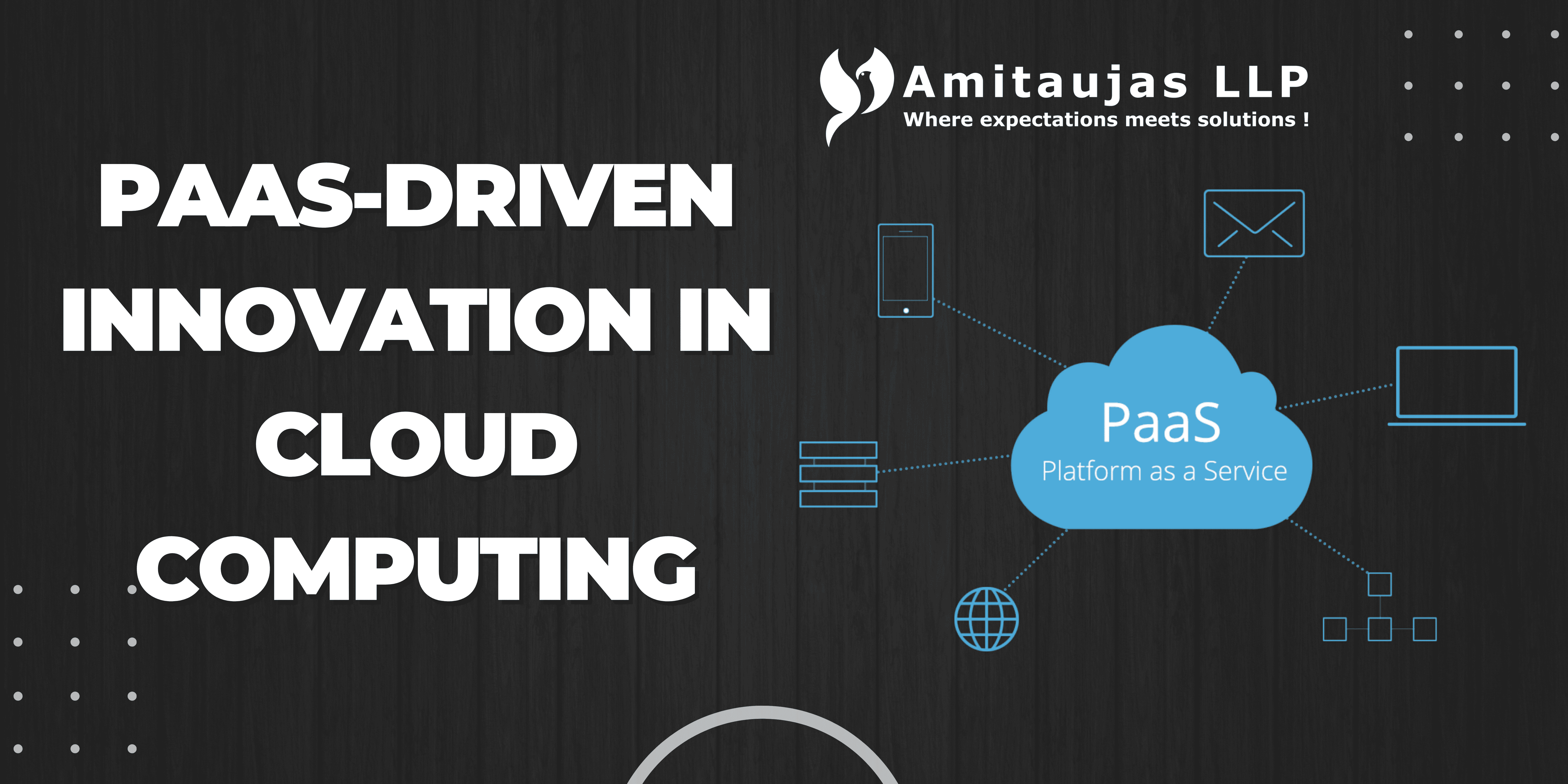
PaaS-Driven-Innovation
Platform as a Service (PaaS) offerings in the cloud provide developers and businesses with the infrastructure, tools, and frameworks needed to drive rapid innovation. Cloud-based PaaS has fundamentally transformed how applications are built, deployed, and scaled, making it a critical driver of digital transformation.
Cloud-based PaaS enables developers to rapidly build and deploy applications using cloud-native services like containers, serverless functions, and microservices architecture. This eliminates the need for managing complex infrastructure, allowing teams to focus on rapid product development and continuous delivery. The ability to change and deliver quickly gives companies a competitive advantage, especially in fast-moving markets.
Cloud PaaS platforms automatically scale applications on demand, allowing businesses to innovate without structural constraints. This scalability supports large-scale testing, enabling organizations to launch new products and services with minimal risk.
PaaS in the cloud promotes innovation by providing global access, allowing teams across the world to work together in real-time. Cloud PaaS platforms break down geographic barriers, enabling global companies to collaborate efficiently and expand their reach while maintaining regional compatibility.
Cloud PaaS platforms provide an ecosystem of integrated tools that include API management, DevOps pipelines, CI/CD automation, version control, and more. These tools simplify the development process, reducing the friction between ideation and product delivery.
Cloud PaaS platforms often come with support for AI and machine learning (ML) services, enabling businesses to integrate advanced analytics and intelligent features into their applications.
Cloud PaaS platforms operate on a cost-efficient model that minimizes the financial risk of testing new features. Companies can innovate, create, and test without heavy upfront investment in infrastructure.
Cloud-based PaaS automates much of the infrastructure management, allowing DevOps teams to innovate on delivery pipelines, monitoring, and control.
1. Faster Time-to-Market with Cloud-Native Services
2. Scalable Innovation and Elastic Resources
3. Innovation through Global Access
4. Development and Innovation Tools
5. AI and Machine Learning Integration
6. Cost-Effective Testing
7. Infrastructure Automation and DevOps Innovation
